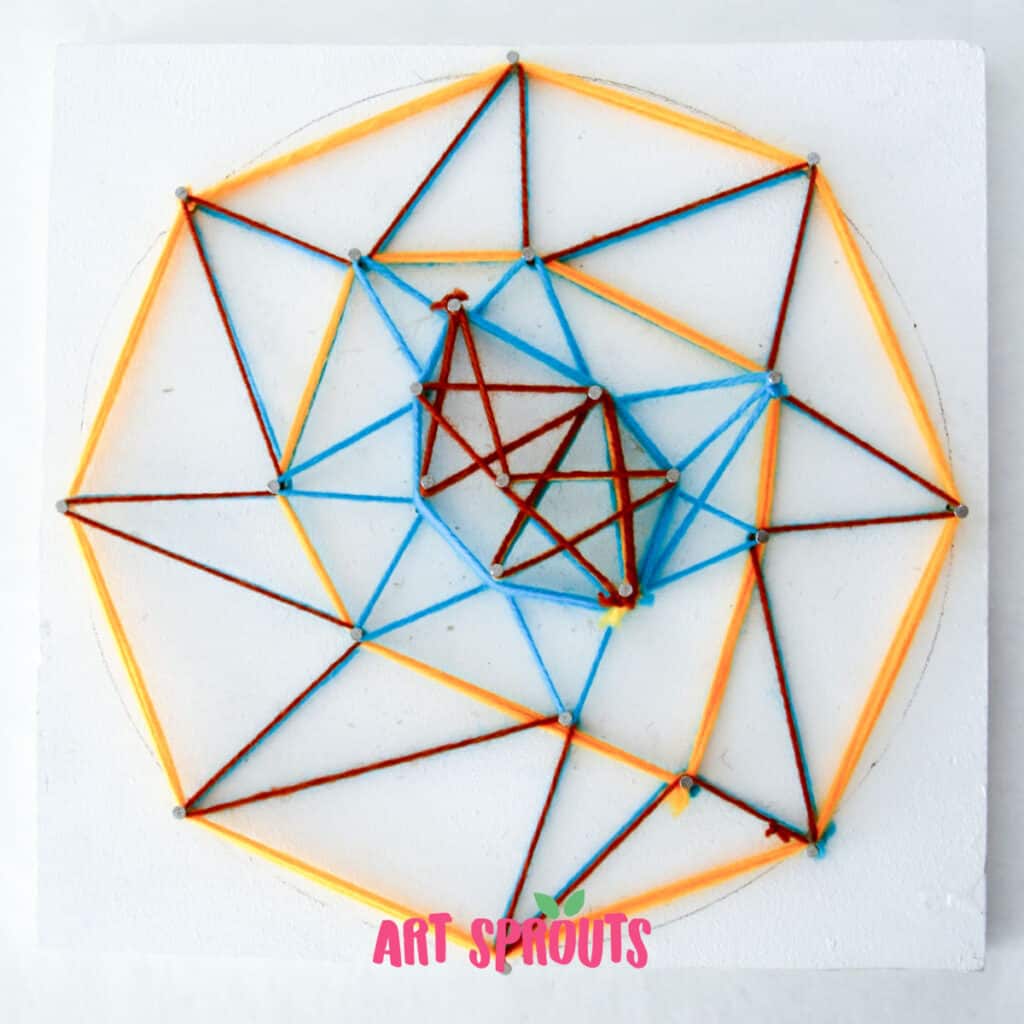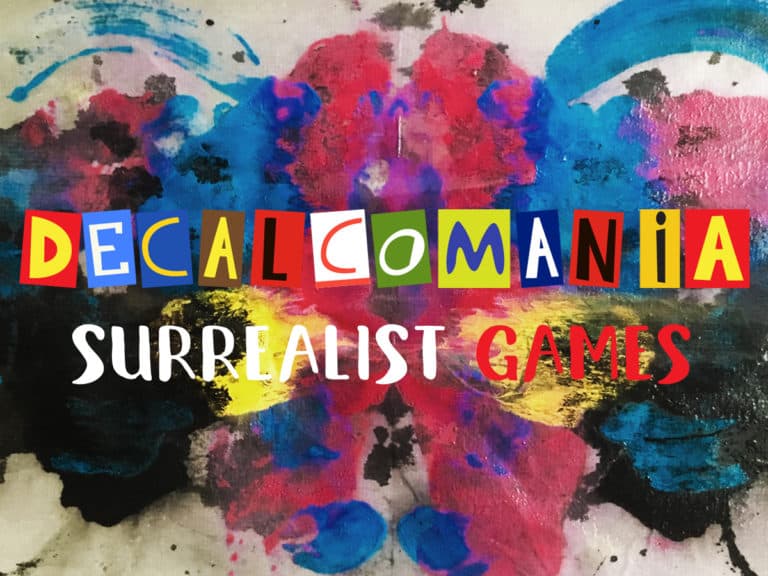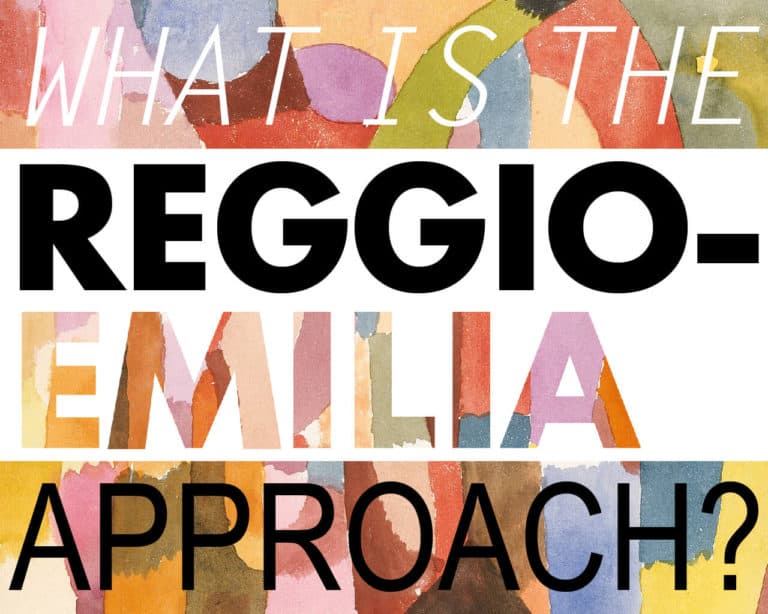Self-Directed Learning vs Unschooling: Why Understanding the Difference Matters
As someone who has experienced the transformative power of self-directed learning firsthand, I know how it can unlock a child’s potential when approached with the right balance of freedom and structure. When I first started exploring alternative educational methods, I was drawn to approaches like Reggio Emilia, where children are active participants in shaping their educational journey. These methods align with my belief that education should empower students to pursue their interests while also helping them develop the essential skills needed for the future.
However, as unschooling gains momentum—especially through social media—I’ve grown concerned about how this movement distorts the core principles of student-led learning. While unschooling promises complete freedom for children, it often removes the necessary structure required for real, meaningful learning. In this post, I’ll explore the key differences between self-directed learning and unschooling and explain why it’s so important to distinguish between them.
Want to explore more about alternative educational methods? Check out my post on the benefits of the Reggio approach and how it compares to traditional schooling and the Montessori method.

Self-Directed Learning vs Unschooling: Why Structure Is Crucial for Growth
Self-directed learning and unschooling are often confused because both place the student at the center of the learning process. But the similarity ends there. In self-directed learning, educators play a critical role in creating opportunities for students to explore their passions. This happens within a carefully designed framework that ensures students develop both academic and life skills while still having the freedom to learn at their own pace.
In contrast, unschooling removes this structure entirely. Children are left to guide their learning without professional support or boundaries. While this may sound liberating, it is often a gamble with their future. Children, especially young ones, may not have the maturity to make informed decisions about their educational needs, and the result is often an incomplete understanding of key subjects. Parents—who may not be trained educators—can struggle to fill in these gaps, leaving children unprepared for the challenges ahead.
The Social Media Mirage: How Unschooling is Being Romanticized
A significant part of unschooling’s appeal comes from how it’s portrayed on social media. Family influencers often paint an idealized picture of unschooling, showing children learning “organically” through everyday experiences—whether that’s travel, museum visits, or activities like cooking. These posts suggest that learning can happen effortlessly and spontaneously, free from the constraints of traditional education.
However, the reality is often far different. Research shows that without clear goals and intentional structure, children can miss out on crucial academic and social skills. Social media frequently glosses over the immense dedication and organization unschooling requires. For many families, the idyllic lifestyle portrayed online is far from sustainable. Working parents, in particular, face tremendous pressure to constantly engage in their child’s learning—a commitment that’s simply not feasible for most.
How Unschooling Fails to Provide Structured, Self-Directed Learning
Unschooling advocates often argue that the problem lies in the structure of traditional education. They believe that by removing this structure, children will naturally seek out a more balanced and comprehensive education. But education isn’t about allowing children to do whatever they want, whenever they want. It’s about creating thoughtful, intentional conditions where children can flourish under the guidance of knowledgeable educators who help them develop the skills they need for the future.
Self-directed learning—and other progressive approaches like Montessori or inquiry-based learning—focus on balancing freedom with essential guidance. These educational models encourage children to follow their interests but ensure they receive the support needed to build a strong foundation of knowledge. Structure in education doesn’t stifle creativity or independence—it creates a stable environment where both can thrive.
The Long-Term Risks of Unschooling for Child Development
The most troubling aspect of unschooling is its long-term impact on children’s development. Without a structured educational experience, children are often left to fill in the gaps on their own, leading to a fragmented understanding of critical subjects. Over time, this lack of structure can hinder their ability to adapt to more formal educational settings, whether in higher education or the workplace.
While unschooling parents often claim to be offering their children the freedom they themselves lacked, it’s important to understand that modern education has already evolved to address many of the concerns they raise. Schools today increasingly adopt student-centered approaches, integrating creativity, individuality, and real-world learning into a structured environment that ensures students receive a well-rounded education.
Who Are These Unschooling Parents?
The rise of unschooling is largely driven by parents—many of whom are millennials—who experienced firsthand the shortcomings of traditional schooling. These parents often point to standardized testing, rigid curricula, or unsupportive school environments as the reason for their disillusionment. They turn to unschooling as an alternative, believing it offers the freedom they feel was lacking in their own education.
For some, school was not only limiting but also harmful, with experiences of bullying or feeling alienated in an education system that didn’t recognize their learning styles. Some parents even find conventional homeschooling too rigid and turn to unschooling as a way to break free from traditional structures entirely. However, what many unschooling parents may not realize is that education has already evolved.

How Modern Education Models Can Balance Structure and Freedom
The irony is that while these parents believe they are escaping an outdated system, education has already evolved. Today’s schools increasingly emphasize project-based learning, personalized learning plans, and interdisciplinary teaching—all of which prioritize creativity, autonomy, and real-world application. Progressive models like Montessori and Reggio Emilia continue to foster creativity and self-direction but do so within structured frameworks that ensure children don’t fall behind in critical areas.
See also: The “New” Education Vocabulary
Conclusion: Don’t Gamble with Your Child’s Future
At its core, education should be about nurturing a child’s potential, not gambling with their future. While unschooling may seem like a solution to rigid schooling, it’s a dangerous oversimplification that often leaves children ill-prepared for life. As social media continues to promote this romanticized vision, it’s crucial for parents to recognize the risks involved and advocate for educational models that balance freedom with the structure necessary for children to thrive.
Curious about how self-directed learning or unschooling might impact your child’s education? Share your thoughts and experiences in the comments below! Let’s start a conversation on how to find the right balance between freedom and structure in learning.










